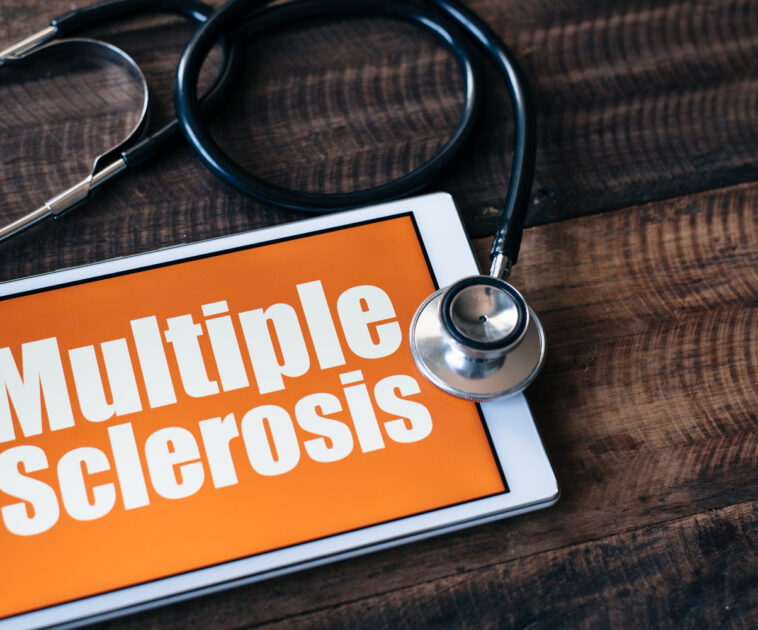Multiple sclerosis is a neurodegenerative disorder of the brain and the spinal cord. It is an auto-immune disorder in which the body’s own immune system attacks the myelin coating of the neurons. A myelin sheath is a fatty, protective covering of neurons, which protect and insulates them. The exact causes of multiple sclerosis are still unknown, but a variety of immunological, environmental, dietary and genetic factors, as shown below, play a crucial role in its development:
Immunologic factors
An abnormal immune response causes inflammation and destruction of myelin coating. Loss of myelin reduced the ability of neurons to conduct the electrical impulses. Moreover, immune cells also damage the myelin secreting cells and nerve fibers.
Environmental factors
Environmental factors are crucial in the onset of multiple sclerosis.
Geographic gradient
The prevalence of multiple sclerosis is more common in areas that are farther from the equator. It has been observed that when people born in high-risk area migrate to a low-risk area before the age of 15, they assume the risk of the migrated area. In a few cases, multiple sclerosis clusters have been reported, showing a very high number of cases during a specific location or time.
Vitamin D
Vitamin D plays a preventive role in the development of multiple sclerosis. It has been observed that a low level of vitamin D is a risk factor for multiple sclerosis. People living closer to the equator are exposed to ample amount of sunlight throughout the year, which helps in maintaining higher levels of naturally produced vitamin D levels thus support the immune system and prevents the onset of multiple sclerosis.
Smoking
It increases a person’s risk of multiple sclerosis. It has been observed that smoking causes the transformation of a relapsing-remitting clinical course to a secondary-progressive course. The chemicals present in the cigarette smoke affects the immune system. Unfortunately, passive smoking also increases the chances of multiple sclerosis.
Obesity
Obese and overweight individuals are more prone to develop multiple sclerosis, especially at a young age. Moreover, obesity decreases the vitamin D levels in and causes inflammation in the body.
Stress
Stress can trigger and worsen MS symptoms.
Infectious factors
It has been reported that several bacteria and viruses such as measles, canine distemper, human herpesvirus-6 and Epstein-Barr virus (EBV) have been suspected to cause multiple sclerosis. EBV infections can contribute to the risk of multiple sclerosis.
Genetic factors
The chances of developing multiple sclerosis are higher if a first-degree relative has been diagnosed with multiple sclerosis as well. According to the NMSS data, the chances of getting multiple sclerosis in the country are 2.5%-5% if one parent or sibling has multiple sclerosis. This risk rate is very high compared with a normal person (0.1% only).
Other risk factors
Gender
Women are two to three times more prone to develop the disorder than men.
Age
The normal onset age of multiple sclerosis is between 20 and 40 years.
Ethnicity
People of north European descent are more prone for development of multiple sclerosis.




















